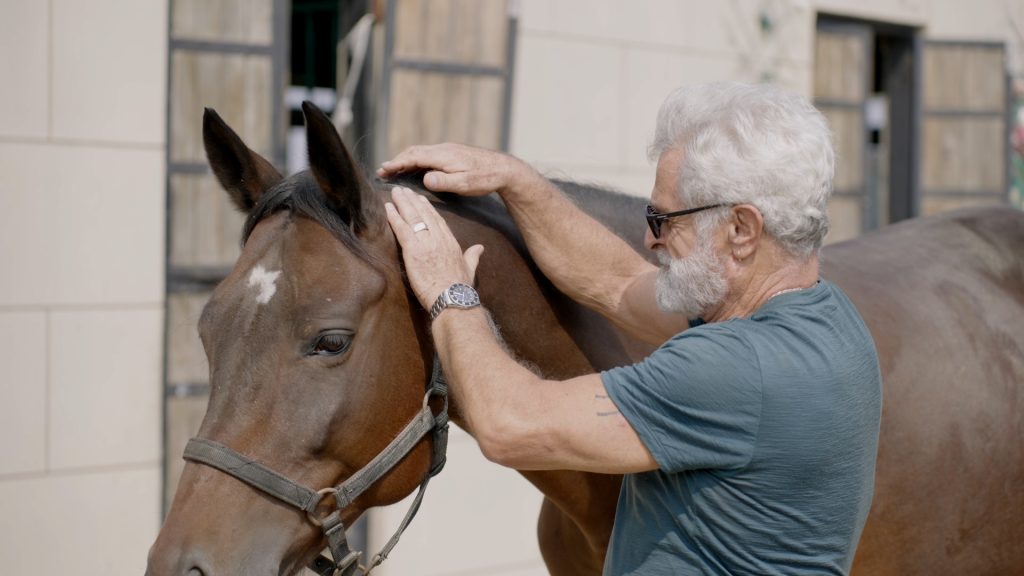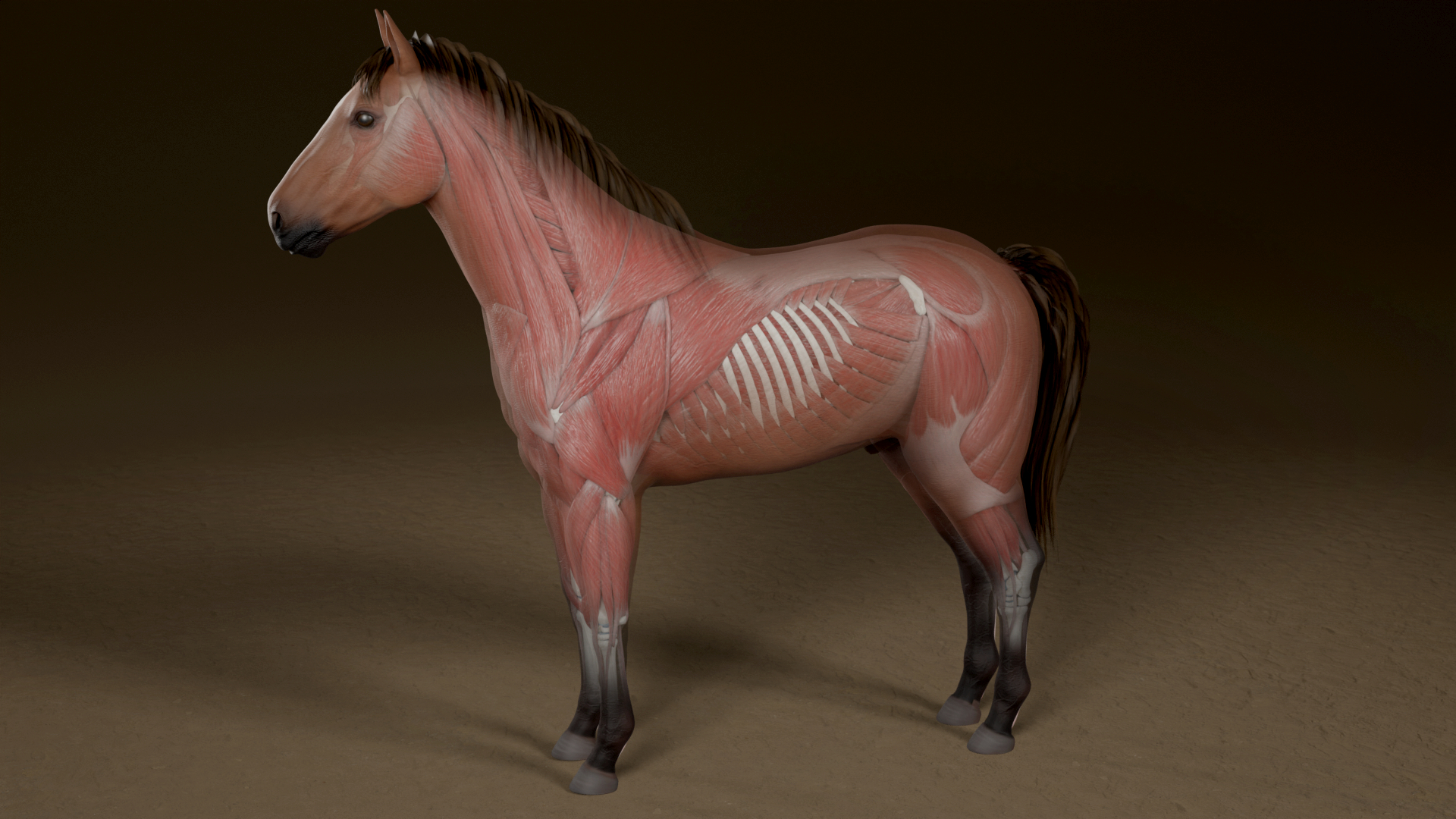
Let’s talk about why your horses absolutely need and most importantly deserve, equine massage. If you have never experienced a good massage or bodywork session, shut off your computer right now and treat yourself to one immediately. Only then will you fully understand what I am going to share with you.
I have been receiving massages for over 53 years since my first introduction to this healing art form in India in 1969. Massage has been practiced for millennia for one simple reason - it works! You don’t fool people for thousands of years. Now, I get 3-4 a week, which is one of the main reasons I live in Southeast Asia, it’s that important to me because of its ability help me maintain a vigorous exercise routine in my mid 70’s. I love being touched and so do most people and horses.
Benifits of Equine Massage
Studies have shown that massage increases serotonin, dopamine and oxytocin, helping to balance and elevate the mood, while it also decreases cortisol, the stress hormone. And we know that the environment that we have created for our horses is not in accordance with their genetic design, unless of course horses are turned out for most of their lives in very large pastures with their herd. Unfortunately, that isn’t the predominant model of equine husbandry and because of this truth, horses experience and store enormous amounts of physical and emotional stress. Anyone like me, who has run large and small equitation centers, knows exactly what I am talking about. Horses are not designed to be kept all day in 12x12 stalls! Which, in my not so humble opinion, borders on cruelty! Equine Massage is an effective option for reducing chronic stress.
Anyone who has spent any time in the saddle, knows the impact of saddles on their horses’ backs. Everything from not quite the perfect fitting one (hard to accomplish under the best of circumstances) and our inability to always stay in balance while riding our horses. When we ask them to accomplish tasks that they wouldn’t normally do in the wild, it exacerbates the potential pain and dysfunction, which then translates throughout their body to imbalances and again more potential pain.
We discuss this at length in our video training series. Just imagine you go to an outdoor sports center and buy the best fitting shoes and backpack. Then you go to the trails and start moving in all directions with a heavy load in the backpack, stopping abruptly, turning quickly, running at high speeds up and down hills, all while the load in the backpack is shifting around. Now you know that horses were not designed to wear iron on their feet, nor were they designed to have you moving around and at times flopping around on their backs. So, after a hard ride can you imagine how great it might feel to cool down and soak in a river, a lake, or if nothing else a good cool hosing down followed by some focused massage?

Equine Massage is well-known for its ability to soothe muscle tension and aid muscle recovery. It also helps to increase blood and lymph flow and increase blood circulation which is the key to quick recovery. Quick recovery means a healthier and happier horse. When your blood vessels dilate and widen, they encourage new blood to pump to your organs, which improves the functionality of your body as a whole. It helps to reduce scar tissue, nerve pain, postoperative care, soft tissue strains and injuries. Equine massage also definitely decreases muscle stiffness, and joint inflammation, post “workout”, making it beneficial to our equine friends, no matter what their activity level. Equine massage Improves flexibility and range of movements, especially coupled with stretching, another added big benefit.
You might be asking, “Have they done all these studies on horses?” Not nearly as many as humans, but horses are mammals just like us. They respond to touch and their muscles respond to the focus of our techniques simply because of the mechanisms involved. But, most importantly it’s so obvious to any of us who do the work on our horse or have it done by our grooms or professional equine massage therapists. The horses are healthier, happier and perform at a higher level.
Lyons Institute’s Approach to Equine Bodywork
Our approach is a bit different from other forms of equine massage in that we teach fascial approaches based on my training at the Rolf Institute and subsequent practice on horses and humans. Although, I did start working on my horses a decade earlier in the late 70’s working on my own horses using techniques that I learned from Linda Telling Jones. Our video educational series focuses on trigger point therapy as well, which decreases ischemic tissue, a major culprit in our horses’ pain and dysfunction. Our videos also teach you how to do cranial sacral therapy on the horse.
Many equine massage classes don’t teach you how to recognize the signs that your horses are in pain and definitely not enjoying their activities. We cover that in detail, showing you the many the signs that your horses display to show you they are uncomfortable and most importantly, how to deal with it both from a hands-on methodology and exercise routines. There is also information that teaches you when you should put them out in a pasture or paddock for total rest and recovery phase.
Our equine course is easy to learn, but like any artistic focus it grows with time and practice, which of course your horses will love. And I promise you this, your relationship will deepen with your horses, because they know that you are doing something for them that is beyond the usual one-way relationship. They know you care and that changes the paradigm. If you are looking for a new career our video series will prepare you for the journey. Just get started and get your hands on as many horses as you can and watch how the magic unfolds.